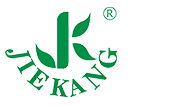
What is needed in a first-aid kit? A first-aid kit needs to have all essential supplies, from wound care to CPR equipment. It helps save lives and prevent fatalities in case of emergencies. We’ll list 20 essentials for your first-aid kit. You can explore their uses and learn more!
What Are First Aid Kits?
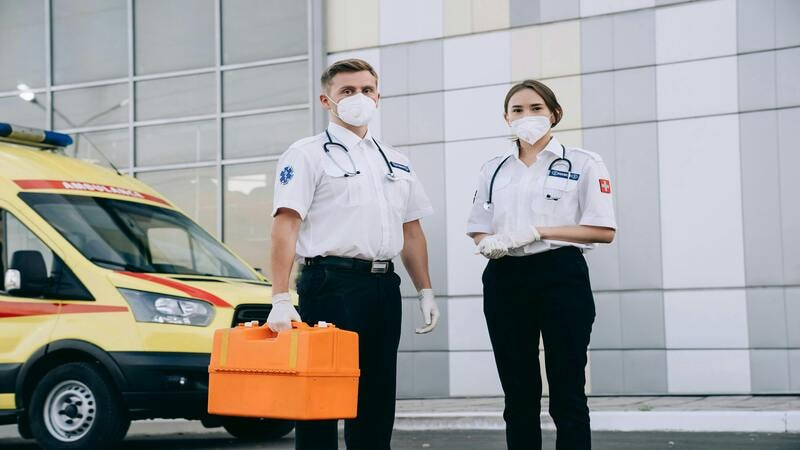
A first aid kit is a collection of supplies and equipment that can help you respond to common injuries and emergencies. Having a properly stocked first aid kit can help you provide immediate care and relief in emergency situations. First aid kits can be customized to meet the specific needs of your family, workplace, or travel plans.
The American Red Cross recommends that every household and vehicle have a first aid kit. In emergencies, while a first aid kit can provide immediate care, emergency physicians are crucial for professional medical assistance.
Why Do You Need a First-Aid Kit?
First aid kits are critical to handle minor injuries until the affected person gets professional help. Cuts and lacerations are common injuries that can be treated with a first aid kit. You can also manage burns, scrapes, and bruises with a first aid kit.
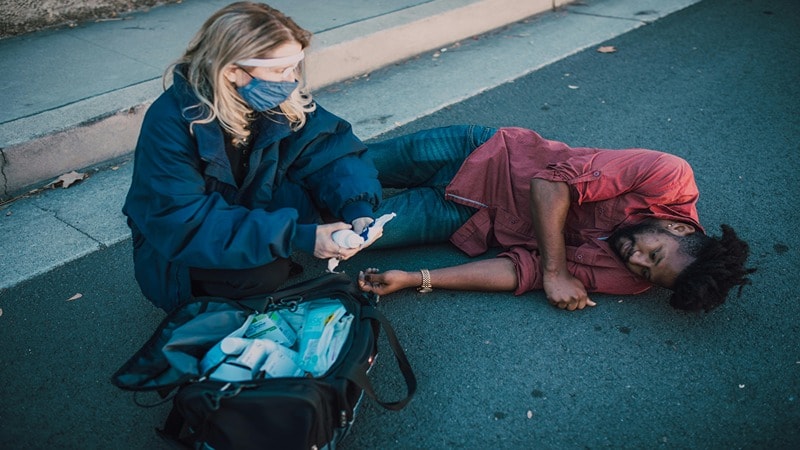
These kits can also help you respond to more serious emergencies, such as heart attacks, strokes, and allergic reactions. All you need is to have a well-equipped first aid kit. It can include CPR machines and vital monitors.
Knowing what to include in your first aid kit can help you prepare for common injuries and emergencies. When administering first aid, especially pain relief medication, it is essential to know the medical history and allergies of the family member or individual you are treating.
20 Essentials for Your First-aid Kit

A comprehensive first-aid kit for all types of emergencies must have at least 20 essential items. These are recommended by the American Red Cross and mandated by OSHA for workplace safety. Let’s explore:
1. Bandages and Wound Dressings
Essential for covering wounds and preventing infection, including sterile gauze pads, adhesive bandages, and triangular bandages.
2. Adhesive Bandages
Assorted sizes of band-aids are helpful in treating minor cuts, blisters, and abrasions.
3. Sterile Gauze Pads
Used for dressing wounds, controlling bleeding, and preventing contamination.
4. Triangular Bandages
Multi-purpose bandages for slings, compression wraps, or securing wound dressings.
5. Face Shields and Personal Protection
Helps protect caregivers from bodily fluids while administering first aid.
6. Pain Relief Medications
Includes acetaminophen and ibuprofen to manage pain, inflammation, and fever.
7. Antiseptic Wipes and Solutions
Used to clean wounds and prevent infection before applying dressings.
8. Medical Gloves
Disposable gloves protect both the caregiver and the injured person from cross-contamination.
9. CPR Mask or Face Shield
Ensures safe and effective resuscitation while minimizing direct contact.
10. Tweezers and Scissors
It is essential for removing splinters, cutting bandages, and trimming medical tape.
11. Instant Cold Packs
It helps reduce swelling and provides pain relief for sprains, bruises, and minor burns.
12. Elastic Bandages
They offer support for sprains, strains, and joint injuries by keeping the affected area intact.
13. Antibiotic Ointment
It helps prevent infection and promotes the healing of minor cuts, scrapes, and burns.
14. Burn Treatment Supplies
Includes burn cream, gel, and dressings to soothe and protect burn injuries.
15. Eye Wash and Eye Pads
Flushes out debris or chemicals from the eyes and provides protection for eye injuries.
16. Emergency Blanket
It helps retain body heat for individuals in shock or exposed to cold conditions.
17. Splints and Supportive Devices
Used to stabilize fractures, sprains, and injured limbs before professional medical help arrives.
18. Hydrocortisone Cream and Antihistamines
These creams relieve itching, allergic reactions, and skin irritations.
19. First Aid Manual
A guide to assist in administering first aid correctly in various emergency situations.
20. Emergency Contact Information
A list of significant emergency numbers and instructions for quick access during medical crises.
Creating a Comprehensive First Aid Kit
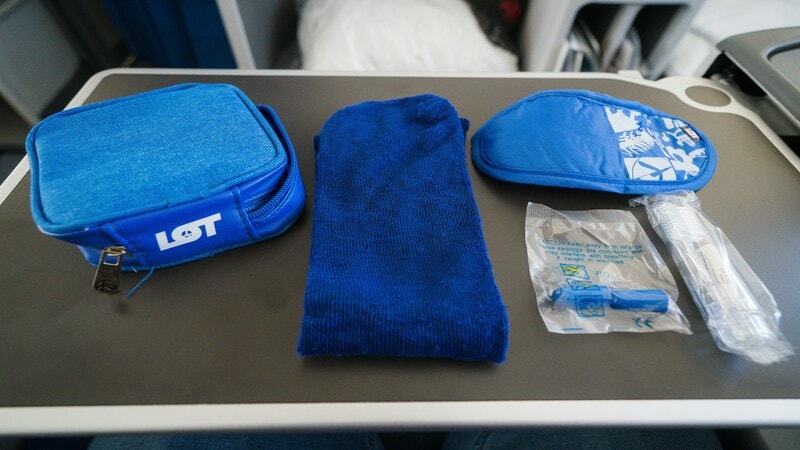
Creating a comprehensive first aid kit is essential for any household, workplace, or outdoor enthusiast. A well-stocked kit can help you respond to common injuries and emergencies and even save lives.
Start with the basics: bandages, antiseptic wipes, pain relievers, and any medications that family members may need. Consider the specific needs of your household or workplace. For example, if you have young children, include supplies for treating common childhood injuries, such as scrapes and cuts.
Think about the types of emergencies that may occur in your area. For instance, if you live in an area prone to natural disasters, include supplies for treating injuries related to those disasters. Make sure to include a first aid manual or guide, which can provide instructions on how to use the supplies in the kit.
Additionally, consider taking a first aid course to learn how to use the supplies in the kit properly and respond to emergencies. By being prepared, you can ensure that you are ready to handle any situation that may arise.
Training and Education on First Aid Kit Use
Proper training and education on first aid use are essential for anyone needing to respond to an emergency. Consider taking a first aid course, such as the American Red Cross offered. These courses can provide you with the knowledge and skills needed to use the supplies in your first aid kit effectively.
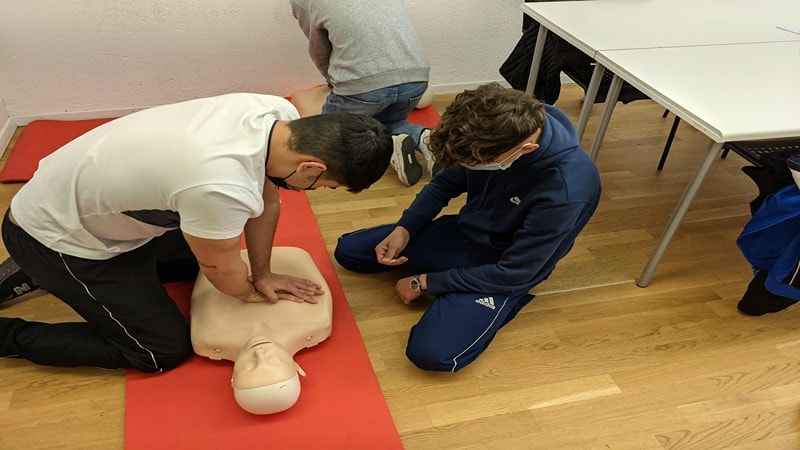
Practice using the supplies in your first aid kit, such as bandages and antiseptic wipes, to become familiar with their use. Additionally, consider watching online tutorials or videos on first aid use. Make sure to read and follow the instructions on any medications or supplies in your first aid kit.
Also, consider taking a refresher course every few years to stay up-to-date on the latest first-aid techniques and supplies. Being well-trained and educated can ensure you are prepared to handle any emergency.
How to Use a First Aid Kit?

We’ve categorized the basic uses of first aid kits. It comes with a range of options and each has specific usage. Here’s how to use a first aid kit:
Medications and Treatments
- Medications like antihistamines and hydrocortisone cream can help treat allergic reactions and skin irritations.
- First aid kits should also include any prescription medications family members may need.
- Knowing how to properly administer medications and treatments is crucial in emergencies.
- Consider taking a first aid course to learn more about medications and treatments.
Wound Care and Bleeding Control
- Wound care and bleeding control are critical components of first aid.
- Applying direct pressure to a wound can help stop bleeding.
- Elevating the injured limb can also help reduce bleeding.
- First aid kits should include supplies, such as gauze and bandages, to help control bleeding.
Emergency Response and Stabilization
- Emergency response and stabilization are essential aspects of first aid.
- Using a CPR mask can help provide safe and effective rescue breaths during emergencies.
- An emergency blanket can help prevent hypothermia in shock or exposure situations.
- You can use cold packs to reduce swelling and manage minor injuries.
- First aid kits should include essential supplies, such as CPR masks, emergency blankets, and cold packs, to aid in emergency response.
First Aid Kit for Specific Environments
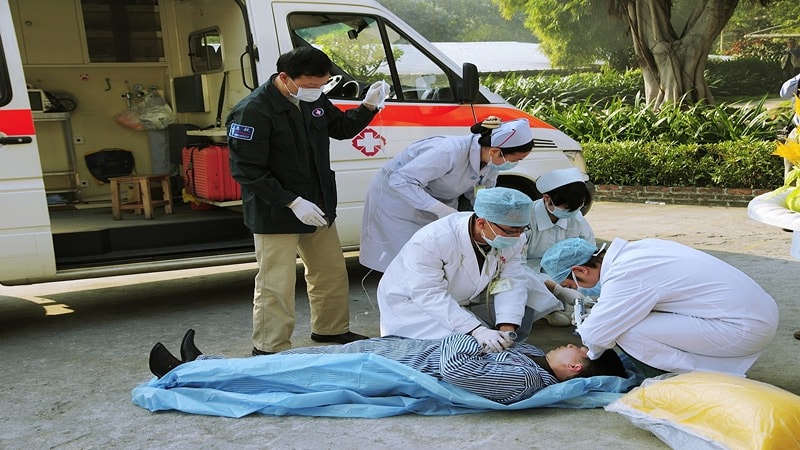
Let’s explore common types of first aid kits designed for specific environments. They have different supplies and use cases.
| Type of First Aid Kit | Uses |
| Basic First Aid Kit | The basic kit i2ncludes essential supplies like bandages, antiseptics, and pain relievers for minor injuries. It is commonly used in homes and on the go. |
| Workplace First Aid Kit | Workplace first-aid kits are OSHA-compliant and designed for workplace safety. They help treat injuries and burns and are also essential for wound care. |
| Travel First Aid Kit | It is compact and portable, containing motion sickness tablets, wound care items, and medications. People carry it along when travelling by any mode of transport. |
| Car First Aid Kit | It is designed for vehicle emergencies and includes accident wound care, seatbelt cutters, and survival tools. It is a must-have for vehicles. |
| Sports First Aid Kit | These kits includes cold packs, elastic bandages, and wound dressings for treating sports-related injuries. They’re available at sports events and sports arenas. |
Tips for Maintaining Your First-Aid Kit
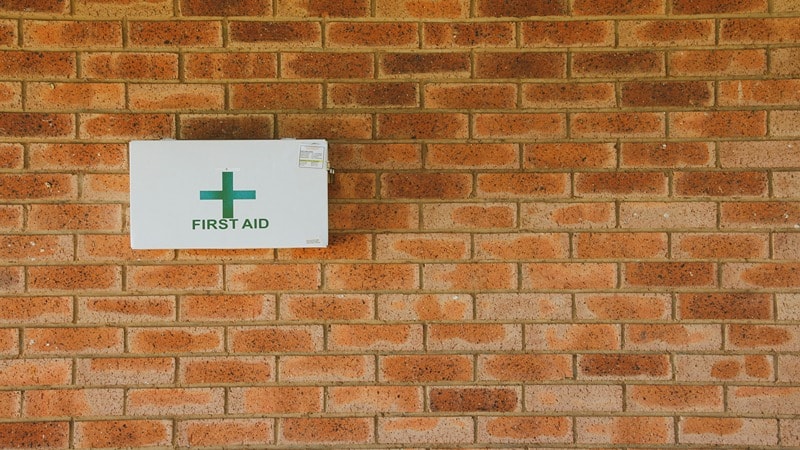
Every first aid kit needs to be stocked timely after use. Here are some best practices to maintain your first aid kit. Follow to ensure proper handling of emergencies:
- You should check first aid kits regularly to ensure that supplies are not expired or damaged.
- After each use, restock your first aid kit to ensure it remains adequately stocked.
- Consider updating your first aid kit to include new supplies and equipment.
- Make sure to dispose of any expired or damaged supplies properly.
FAQs
What is the purpose of first aid?
Every first aid has three primary purposes. The first is to prevent the emergency medical condition from worsening. The second is to allow patients/affectees to recover until professional help arrives. The third is to preserve life in all situations.
What should be in a first aid kit?
A standard checklist for every first aid kit requires a few crucial items. These include bandages, sterile gauze, elastic wraps for wound care, antiseptic wipes, and antibiotic ointments to prevent infections. You can include other items according to possible emergency situations in your case.
Why is the first aid kit important?
First aid kits help save lives in case of emergencies. Usually, professional medical help takes some time to arrive. First aid increases survival chances and prevents fatalities.
Where do you keep first aid?
First aid kits should always be visible and accessible. Additionally, they should be kept in a cool and dry place because their contents may be temperature-sensitive.
Conclusion
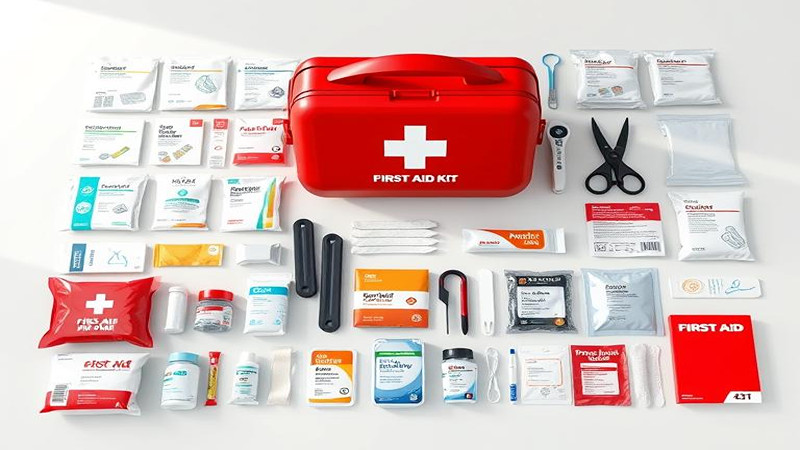
Ready to prepare your first-aid kit? Our list of 20 essential items is made according to OSHA standards and Red Cross guidelines. Make sure you include all the essentials in your first-aid kit to prepare ahead for emergencies. Learn and understand first aid practices to save lives. Training and education are equally important as having a first-aid kit at your disposal. That’s all, folks!
JIEKANG: Portable First Aid Kit for Emergency
Are you looking for first-aid kit supplies? JIEKANG is the world’s leading manufacturer of medical equipment. It’s your one-stop destination for all types of first-aid kit supplies. Explore the product range and stock up on your first-aid kits. With over a decade of manufacturing excellence, JEIKANG follows the highest medical standards to manufacture its products. Get in touch for more details!
